By Abhishek Dwivedi

Last week, Cairn Plc (now merged with Vedanta) announced its $1.2 billion win in damages against India in an international arbitration, in a case pertaining to the levy of retrospective tax by the Indian government in 2012. This comes just after the ruling in September 2020 pertaining to retrospective tax, in favor of Vodafone. These awards are a result of India retrospectively amending its taxation laws through the Finance Act of 2012, permitting tax authorities to reopen and/or investigate transactions from 2006 for evasion of capital gains tax. The amendment was made to give a go-by to the Indian Supreme Court’s ruling in favor of Vodafone wherein the tax demand raised by the tax authorities on Vodafone was expressly quashed for “not being backed by law.” The government of India, led by Prime Minister Narendra Modi, despite having multiple opportunities to settle the disputes, chose not to do so. In fact, the current government has decided to challenge the Vodafone award despite explicit assurances to the contrary made by then Finance Minister Arun Jaitley.
The Disputes
The Vodafone dispute traces its origin to the $10.9 billion acquisition of a 67 percent stake in Hutchison Essar by Vodafone in May 2007. The acquisition also included the telecommunication business of Hutchinson in India. Consequent to the acquisition, Vodafone received a demand of 79.9 billion Indian rupees in capital gains and withholding tax from Indian tax authorities. The tax authorities maintained that Vodafone was required, under law, to deduct tax at source prior to affecting the payment of consideration to Hutchinson. Vodafone contested the notice and the matter finally reached the Bombay High Court. The court ruled in favor of the tax authorities and directed Vodafone to clear the demand. Vodafone appealed the decision, and a three-judge bench of the Supreme Court led by the chief justice of India, ruled in Vodafone’s favor and quashed the demand notice.
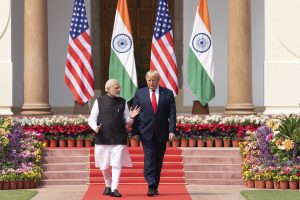
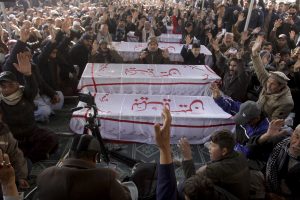
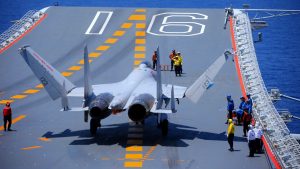

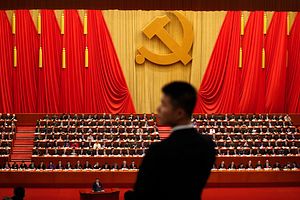
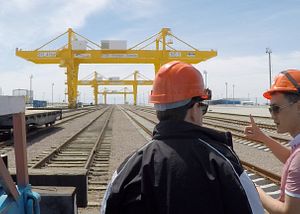



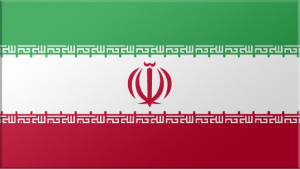



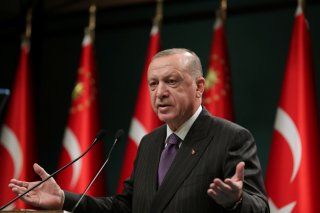
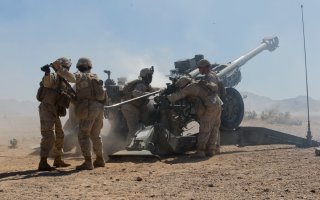

/cloudfront-us-east-1.images.arcpublishing.com/mco/KCYBHLW34VDALML5MW6LSDMVYY.jpg)

